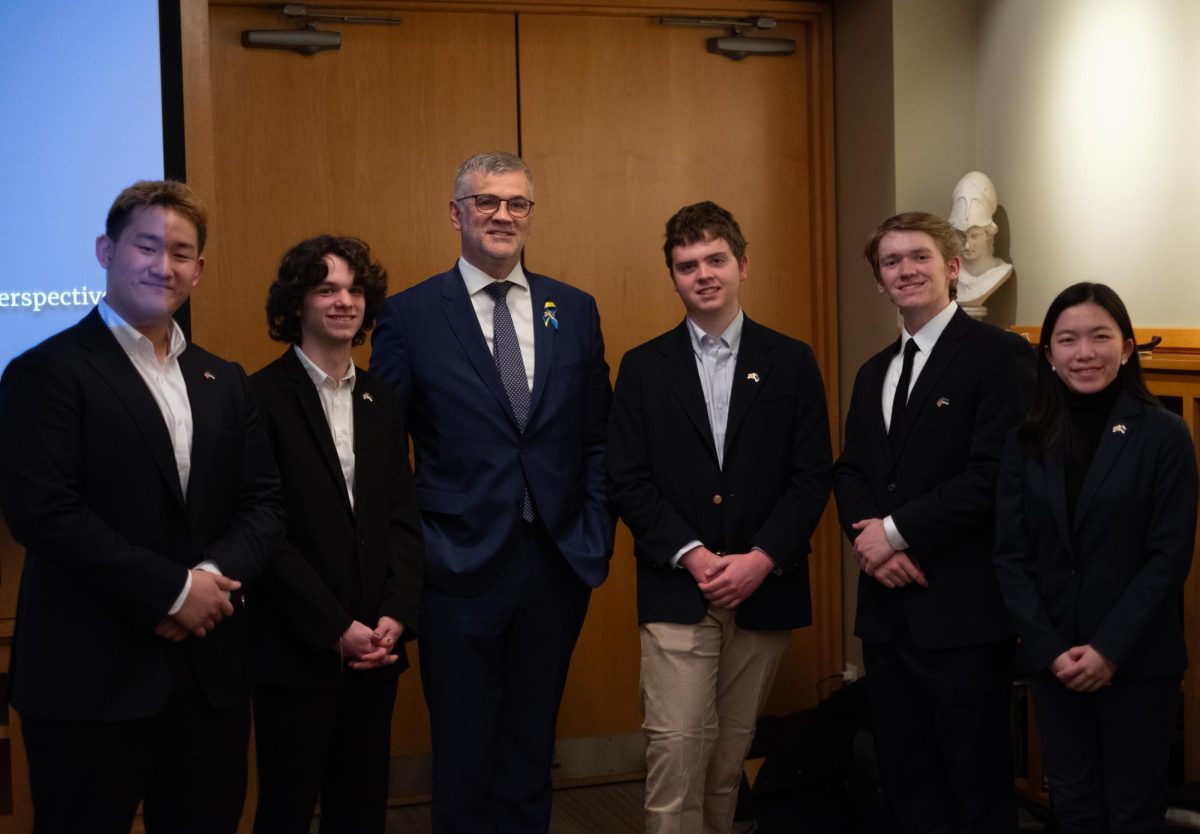The popular U.S. News and World Report’s college rankings were updated for the 2024-2025 school year on Sep. 17, unveiling numerous changes. In particular, Carleton has fallen from a ranking of #6 to #9.
Carleton has not necessarily changed for the worse over the past year. Rather, the system U.S. News uses to rank colleges has changed drastically. They removed five ranking factors in which Carleton generally performed well, such as class size (formerly accounting for 8% of scores) and alumni giving average (formerly accounting for 3%), and added six, including first-generation graduation rate (2.5%), if the college’s graduates earn more than high school graduates (5%), and various research publication-related criteria, such as publications cited in the top 5% and top 25% of journals (each accounting for 1% and 0.5% respectively).
U.S. News uses those ranking factors to compare and rank schools based on how each school performs in each area. Each criterion has a different weight, all of which total 100%; the number one school in each category has a score of 100%, and the rest of the schools are then ranked by their proximity to 100%. For example, Williams College, the highest-ranked liberal arts college in the U.S. News list, has a score of 100, while Carleton has a score of 92.
U.S. News claims they changed their rankings because of new research conducted by Strada/Gallup and the U.S. Department of Education’s National Center for Education Statistics on what students were looking for in a college. They concluded that students were primarily deciding on their college or university of choice based on “academic reputation, cost of attending, and return on investment.” In other words, though finances were far less of a consideration before, they became a driving factor in the new rankings.
Notably, the three schools that have moved above Carleton all have something in common: they are all military schools. The United States Naval Academy, previously tied with Carleton and Bowdoin College at #6, has moved up to #3. The United States Military Academy at West Point also moved up from a #9 tie with Claremont McKenna College to #8.
Most strikingly, the United States Air Force Academy leaped from #18 to #7.
The reason for the rise of military schools is primarily due to the involvement of post-graduation earnings in the system, a criterion in which military schools tend to rank highly. The median early-career salary for United States Naval Academy graduates, for example, is $90,800 according to Forbes in 2022, whereas Carleton’s average early-career salary is $40,800, according to CollegeSimply.
President Alison Byerly commented on this in her “From the President’s Desk” column, saying that “the new emphasis on earnings potential and ‘return on investment’ runs counter to the message we try to convey about the inherent value of a liberal arts education.”
However, Carleton isn’t the only school to face drastic changes in their rankings: in fact, 31% of the liberal arts colleges featured in the U.S. News ranking changed rank by more than 10 positions. These shifts have caused backlash from various liberal arts schools, such as Oberlin College. Oberlin’s president Carmen Twillie Ambar stated, “Higher education should no longer allow U.S. News rankings to influence the narrative about college quality and excellence in the United States.”
Other institutions — such as Vanderbilt University, which dropped from #13 to #18 in the National Universities ranking — stated that they are “distressed at the lack of rigor and competence that has increasingly characterized U.S. News’ annual lists,” and Tulane University — which dropped from #44 to #73 — expressed they “believe U.S. News made a serious and consequential error in measuring” the new ranking criterion at their institution. The universities dropped five positions and 29 positions respectively.
The U.S. News rankings rely on each institution’s willingness to participate in their surveys, and, as reported by U.S. News, 99 of the top 100 ranked national universities and 97 of the top 100 national liberal arts colleges participated in the 2024 survey. However, the distress displayed by some of the colleges and universities following the new rankings may decrease the likelihood that schools will be willing to be ranked by U.S. News in upcoming years.
Carleton’s drop in rankings does not seem to be a significant blow. Carleton still ranks within the top ten liberal arts colleges, remains the only Midwestern school in the top ten and continues to rank number one for undergraduate teaching as it has for 13 consecutive years.
Many schools were impacted by the change in ranking methodology, and U.S. News’ choice to alter their criteria remains a controversy. Whether their lists will remain a constant of college decisions and comparisons is unknown, but it is important to remember that any ranking of colleges or universities is based on interpretation of specific data. They are not all-encompassing or defining of the schools being ranked. As Byerly concluded, “We may not like the existence of rankings, or all of the approaches that they take, but they both reflect and shape the environment in which students make decisions about college.”









